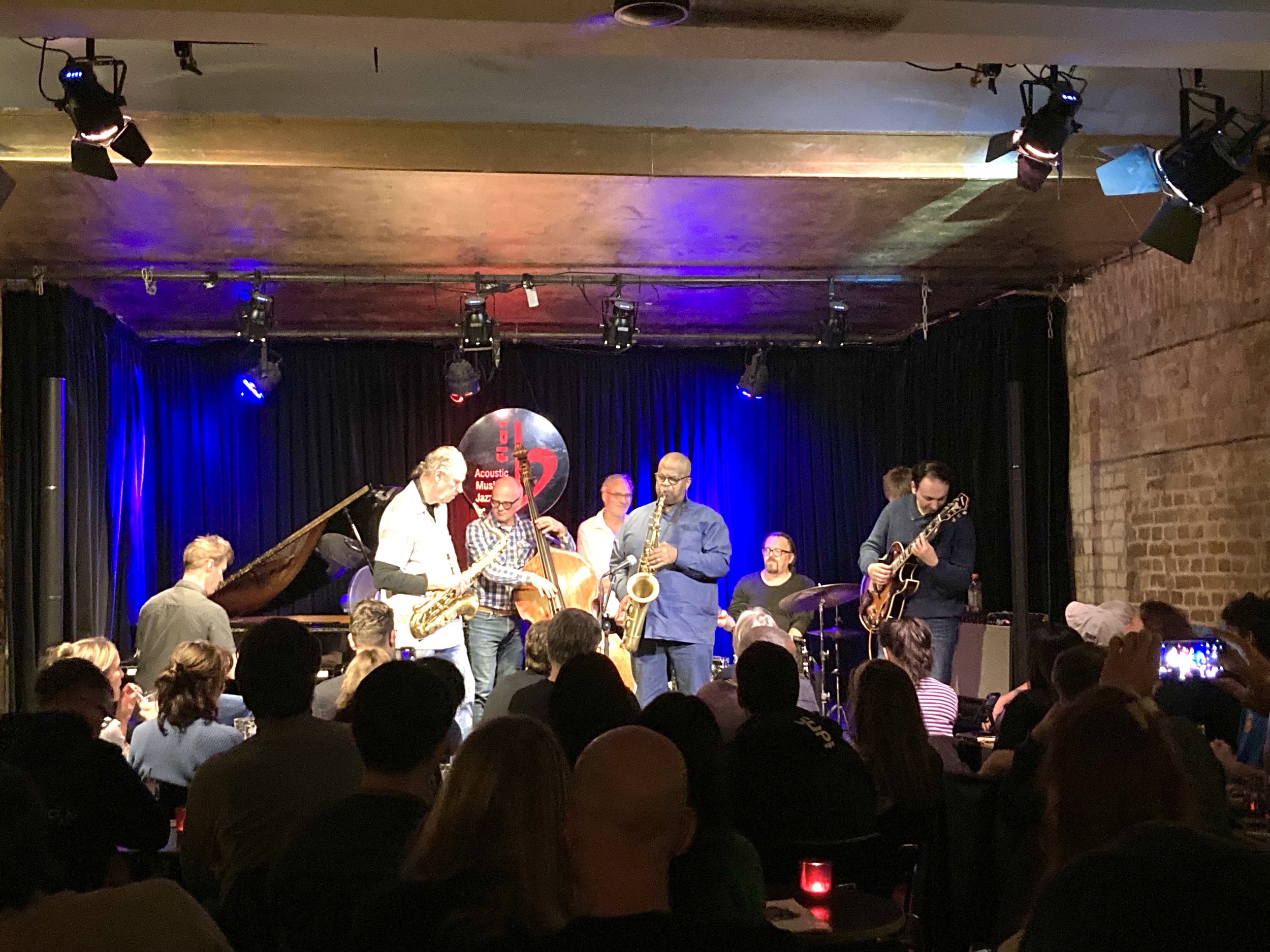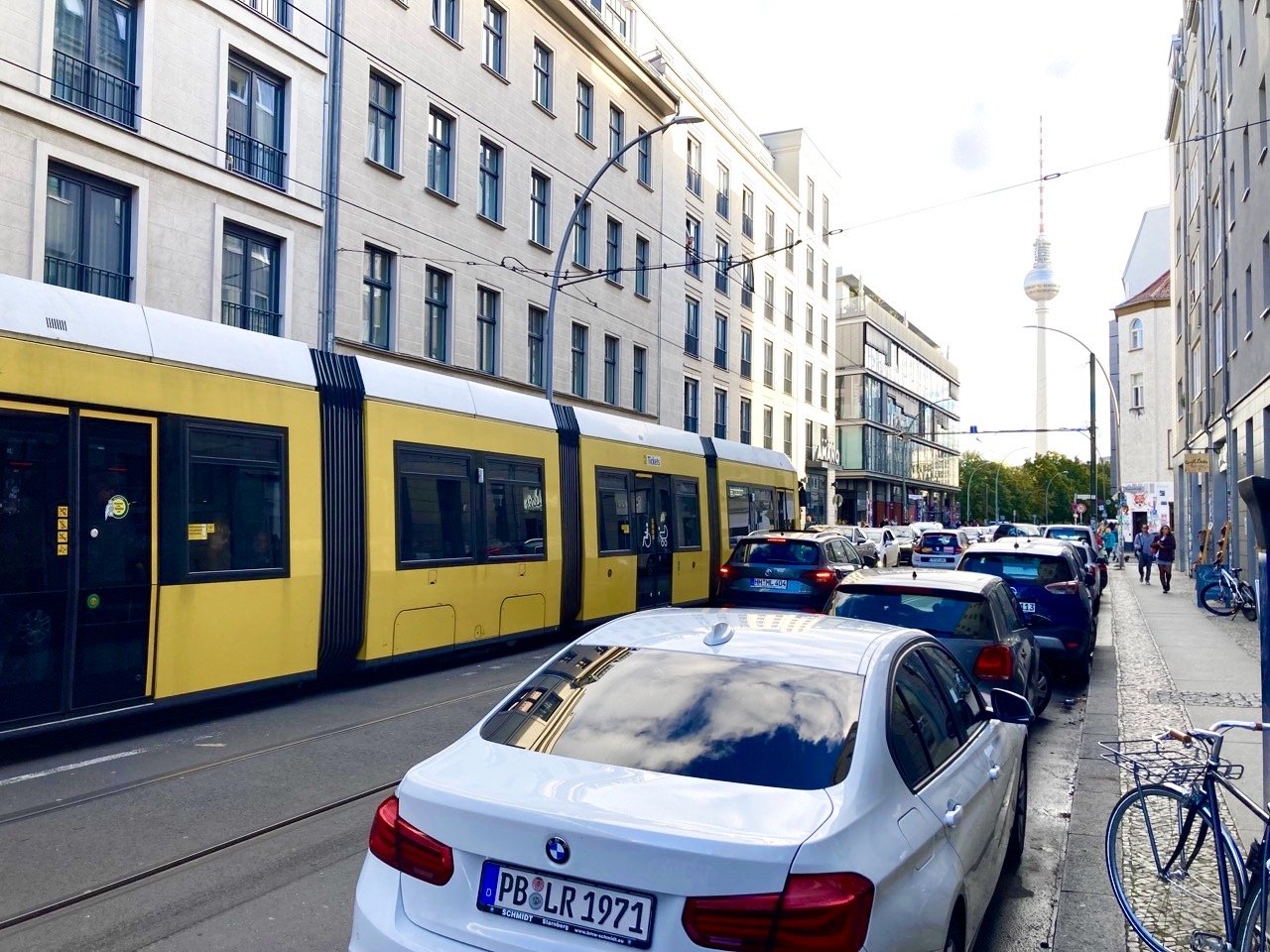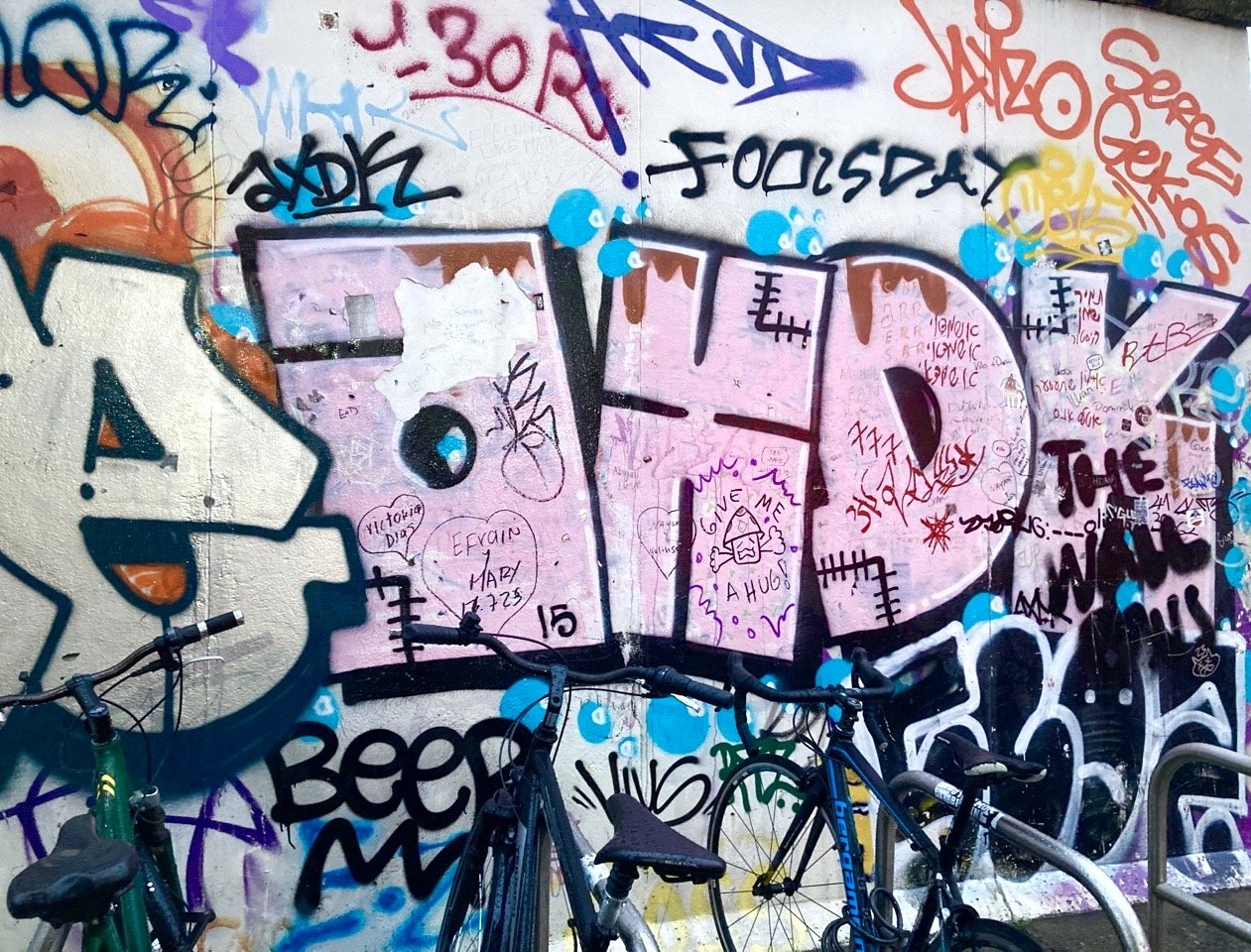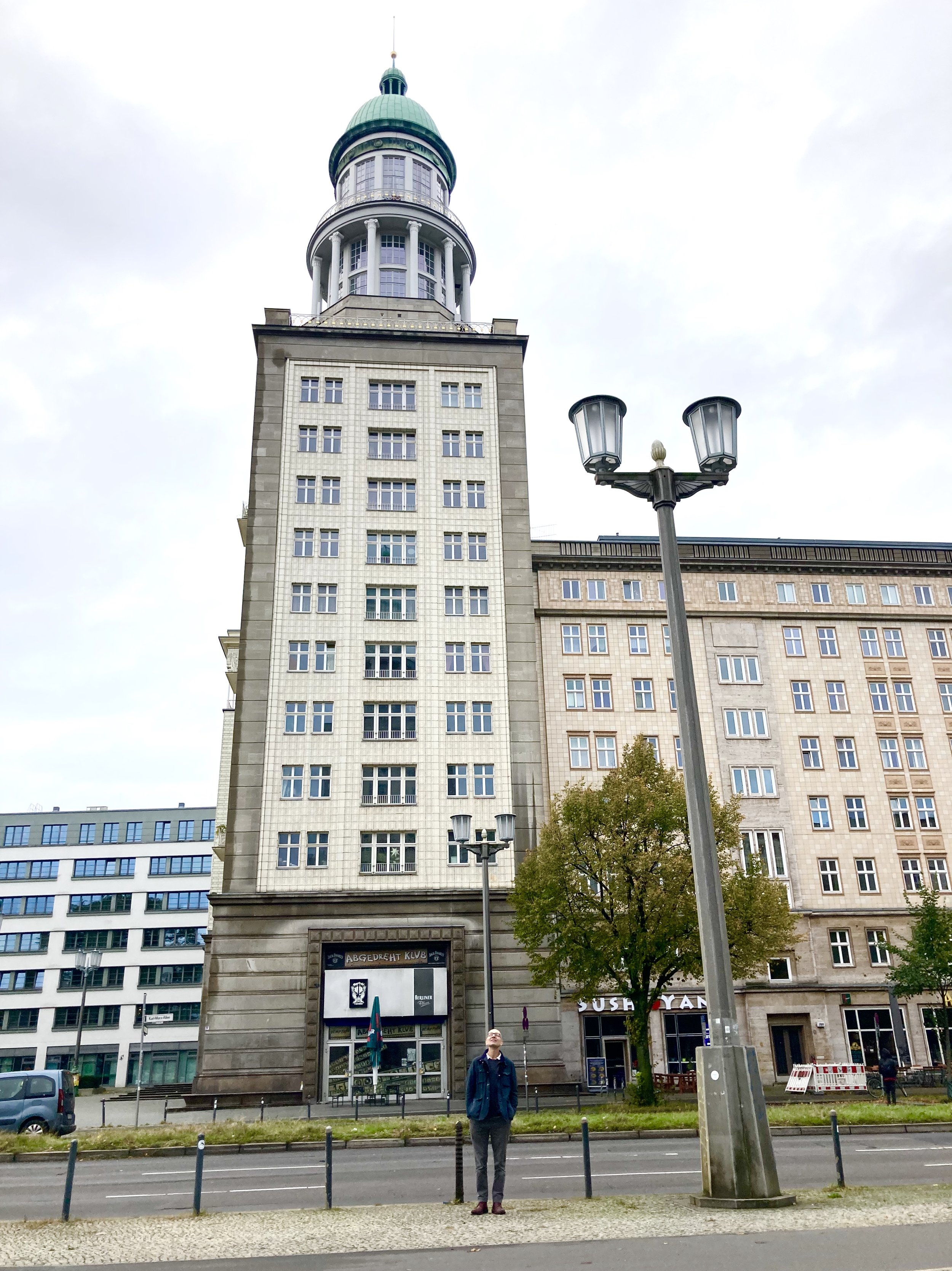Berlin: a city of contrasts
From baroque to Bourne
Berlin is a city of contrasts. From baroque domes to Soviet street architecture, red-brick railway bridges to sprawling urban graffiti, the clashing styles produce something uniquely contemporary. It’s very 21st-century – think The Bourne Supremacy, with its busy squares, clanging trams and hurrying citizens, wrapped up against the bitter wind. Yet beneath the surface is a fascinating history of grandeur, art, war, obliteration and renewal.
Jam session at the B-flat Jazz Club
Yes, much has changed over the years – but underneath the railway arches near the Hackescher Market on Dircksenstrasse you will still find the B-flat Jazz Club, which has been going strong since 1995. It’s a traditional basement joint, no frills, host to international guests as well as the entire Berlin jazz scene, with a live event every day. Well worth catching is the Jam Session every Wednesday at 9pm, where the line-up includes any number of local players rotating with the backing trio of piano, drums and double bass (Robin Draganiç, the fixer). On the night we dropped in there were four sax players (one a 14-year-old), two pianists, a trumpeter, two drummers and – what a surprise! – the esteemed double bassist Sandy Burnett, well-known on the London jazz scene. Entry costs €3, a glass of wine €6 – but get there early; at 9.30pm it was already full and we hung on the stairs for an hour until some people left. It’s cheap and cheerful, with a lively crowd and a warm welcome to all the musicians – what more could you want?
The authentic glow of Chén Chè Vietnamese restaurant
Not far away from the B flat is a great Vietnamese restaurant, Chén Chè – tucked away in a little courtyard off Rosenthaler Strasse. The interior glows with beautiful authenticity, with huge hanging lanterns, high ceilings, luscious plants and long windows complementing the wooden tables and chairs. The food is delicious: on a shortish menu, everything is freshly prepared and tastebud-zinging, from mango-based salads to fish, prawns, chicken, noodles, bao buns and sticky rice. It’s really good value, on average €8 a dish – cash only. You can get there by the M1 tram, a great way of getting around and seeing the city.
The tram is a great way to get around Berlin
From Hackescher Market it’s just a short walk to the river and all the main sights – the museums, the bridges and the Berliner Dom, the majestic baroque cathedral that overlooks the Spree. Waste no time taking the stairs up to the roof, where you get a magnificent 360-degree view of the city. The cathedral’s copper domes glint in the sunlight, turning smoky green under the cloud – in fact, most of the roof has been rebuilt as the building, like so much of Berlin, was badly damaged in the war. On Sundays there’s a good antiques market on the riverbank opposite the Bode Museum, full of interesting memorabilia such as GDR sports badges, beer mugs and million-mark banknotes from the hyperinflation days of the 1920s. Great for a souvenir rummage!
The copper roof of the Berliner Dom
No visit to this city is complete without seeing the Berlin Wall – the longest remaining stretch of which is at the East Side Gallery by the river, not far from the imposing Oberbaum bridge. It’s now an urban art experience, and looks nothing like it did in the days when the city was divided, when there would have been three zones of a high barbed-wire fence, floodlit no-man’s land and the wall itself. You have to imagine this. As you walk along now, you can soak up some of the post-1989 expressions of politics, oppression and freedom.
Graffiti on the Berlin Wall at East Side Gallery
A tram ride up Warschauer Strasse will take you to Frankfurter Tor and the eastern end of Karl-Marx Allee – an impressively wide avenue of Soviet-style Modernist apartment blocks, built after the second world war to showcase the new German Democratic Republic. Needless to say, these flats are now in high demand among Berliners due to their size and great location near “chilly” Friedrichshain – you can even rent one on Airbnb.
Soviet-style architecture on Karl-Marx Allee





